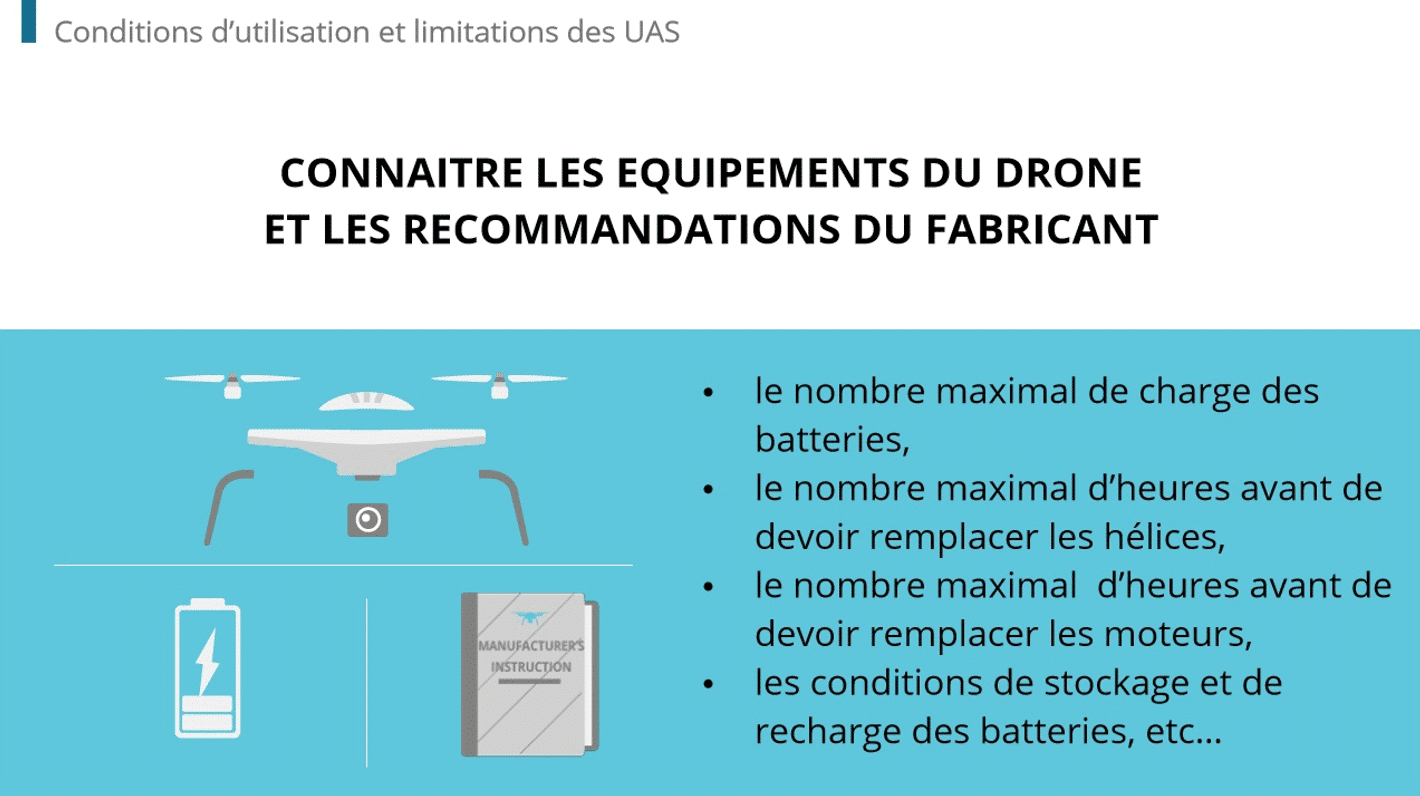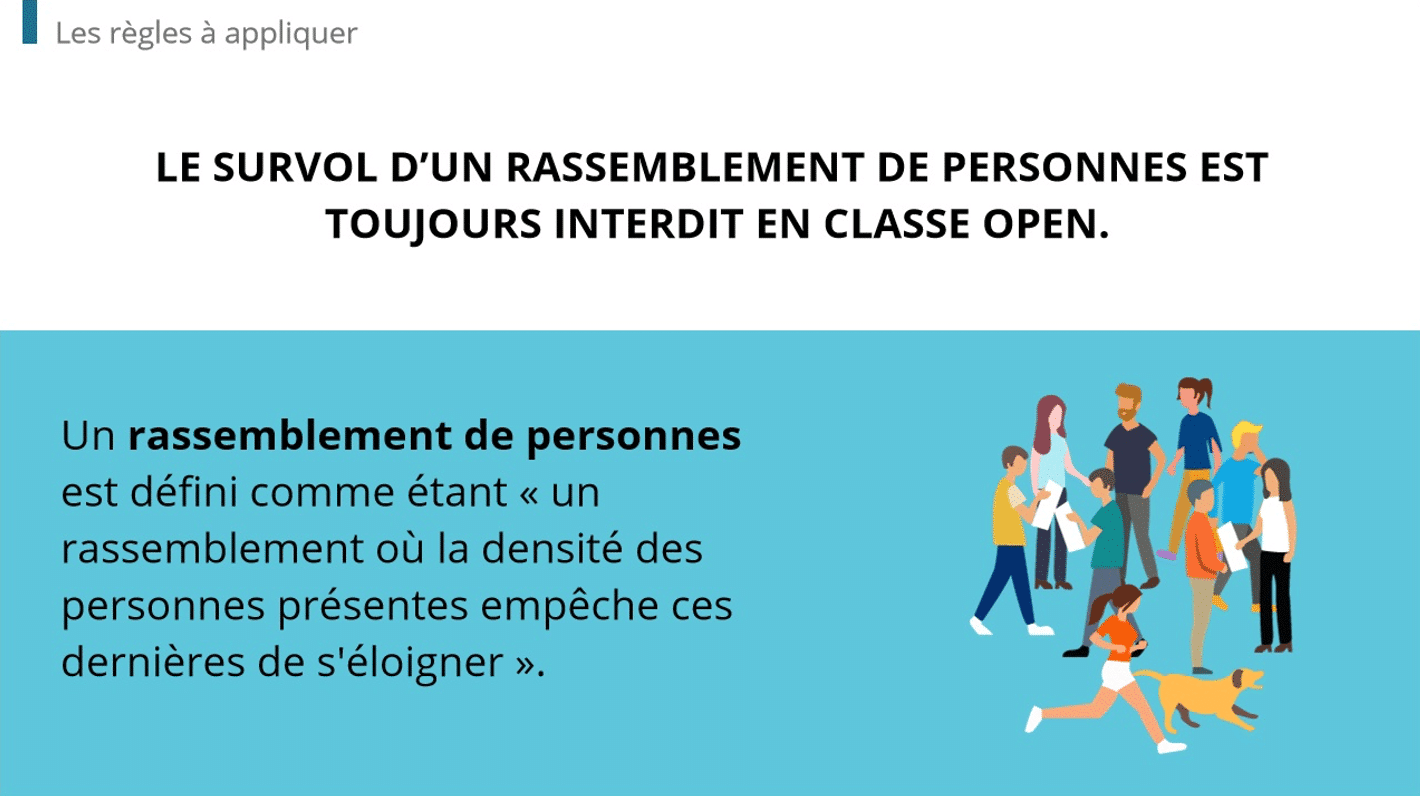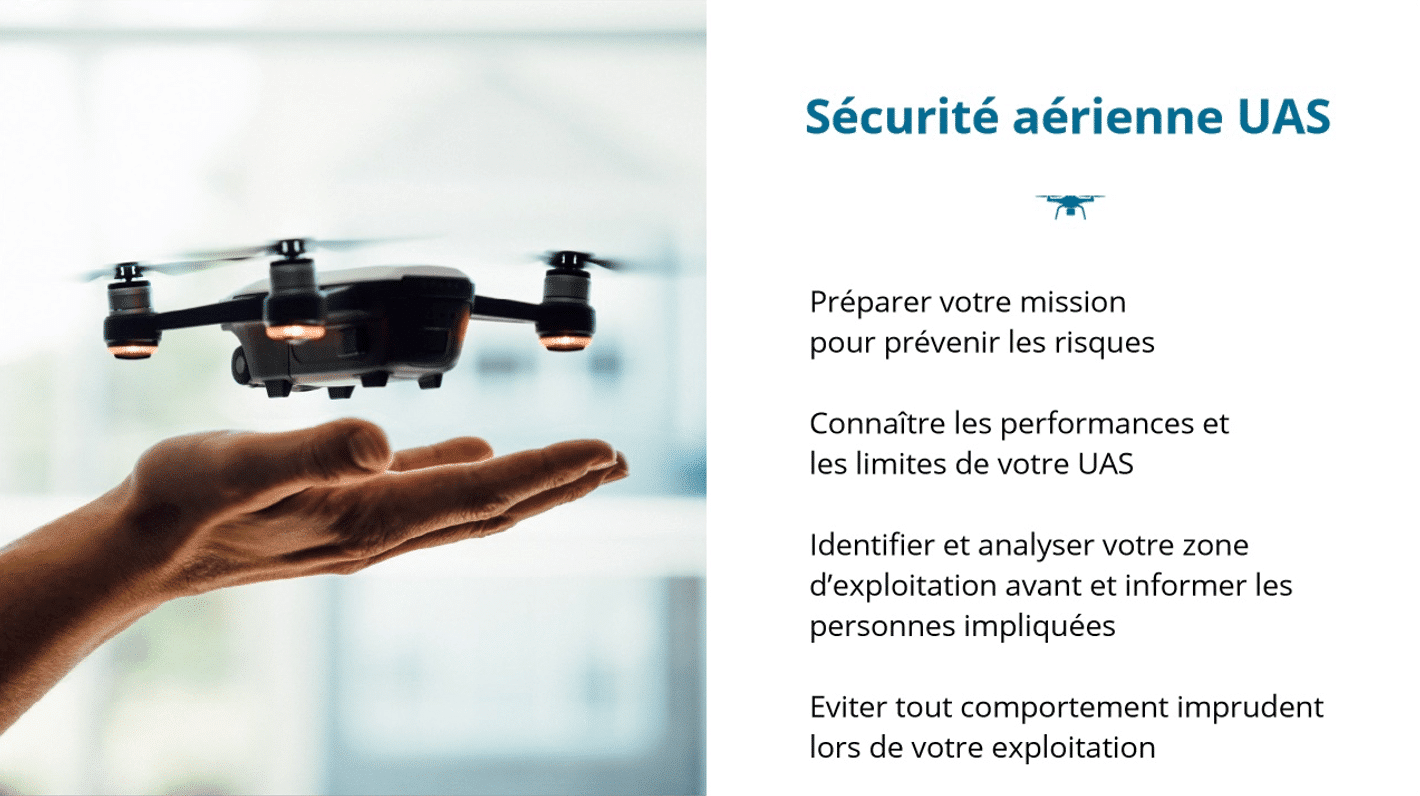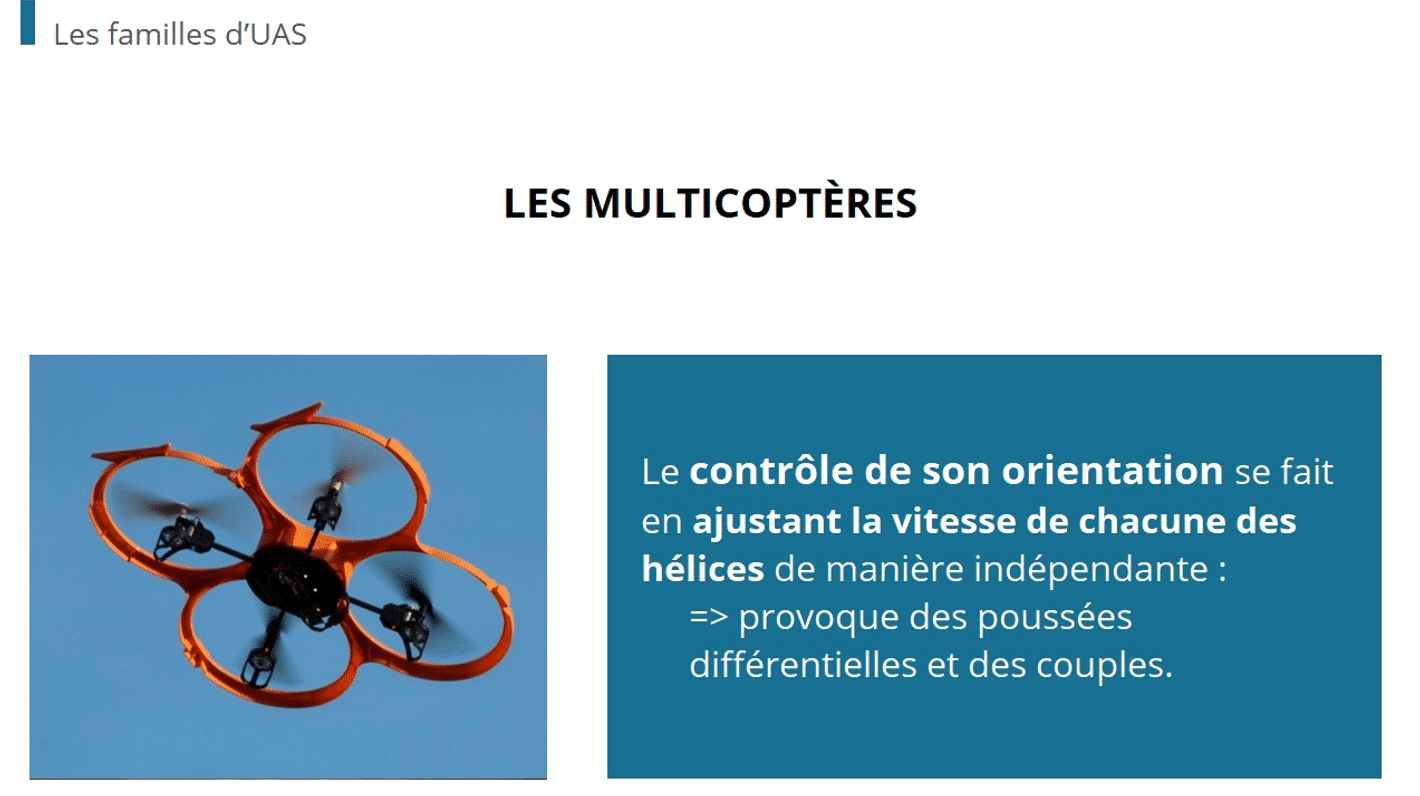Boosting productivity should be at the core of every HR corporate resolution plan. Employees who are productive and maximize their time on the clock impact the company’s bottom line, directly or indirectly. LMS as part of a broader digital adoption initiative can be a significant game-changer in positively changing employee attitudes, confidence, and productivity. Learn how digital learning contributes to better workforce efficiency.
Why workplace productivity matters
When employees are unproductive, all areas of operations suffer, from customer satisfaction to net revenue. According to a Gallup poll, 85% of employees are actively disengaged at work. The consequence? A global loss of $7 trillion. In addition, high productivity increases employee morale. Employees who reported being highly engaged are 41% less likely to be absent or utilize their sick days. They’re also 59% less likely to turnover.
With these statistics in mind, here is how LMS can positively impact productivity when incorporated into a company-wide e-learning solution.
Learn soft skills
Soft skills comprise traits that help you excel in the workplace. This includes corporate management, teamwork, leadership, adaptability, and conflict resolution. Many of these skills are learned on the job and come with experience. However, digital courses can provide a primer on how to develop these skills. HR can follow up with live virtual training that includes role-play and mock interactions. Employees versed in a range of soft skills perform more confidently, to industry standards, and most relevant of all – more productively.
Learn customer-facing skills
As suggested in its name, customer-facing refers to any skills involving direct customer interaction. This is a soft skill but deserves a section of its own because it’s so essential across both B2C and B2B industries. E-learning provides a platform for fostering customer-facing skills, from body language to elevator pitching.
Courses can cover key fundamentals on customer etiquette, customer service dos and don’ts, etc. Other material can include actual audio or video snippets of past customer interactions. This provides real-world modeling of what to do and not to do.
Create a fact-based informational course on productivity
Give employees a motivating factor to strive to be more productive. Higher productivity benefits the company and corporate stakeholders. However, how does it benefit the employee, or the “little guy,” so to speak? Highlight how productivity benefits employees directly and back it up with statistical information. For example, productive employees are:
- X% more satisfied at work than their disengaged counterparts
- X% more likely to get promoted in the next 12 months
- X% less likely to report work burnout
- X% more satisfied with their home/family life
Learn outside of work hours
Depending on the industry, some in-house instructions or field exercises may be required. However, the bulk of the learning can be completed anytime anywhere outside of work hours. This ensures staff members don’t spend precious business hours engaged in learning that can be done at home. Most employees won’t find this an intrusion of their personal time as long as courses meet two criteria: 1) they contain diverse media with interactive elements (e.g. video-generated content, gamification). 2) They consist of short modules that can be finished in small pockets of time.
Open more communication lines
It’s not uncommon for employee A to communicate with employee B via email, but with employee C through phone. Similarly, employees A and B may receive updates from the company’s group in Line Chat that employee C never joined. These scenarios occur more often than you think and are a significant cause of miscommunication or a staff member not receiving essential memos.
LMSs provide a forum-like hub where all authorized members can start new discussion topics and chime in on open questions. As the main communication line for all course-related matters, everyone is updated in real time. This eliminates downtime for both course learners and HR alike. Coursetakers save time by not having to scour or ask around for information. HR saves time by not having to answer or filter questions that were already addressed.
Integration with other tools
Roughly 26% of an employee’s time is wasted on activities like repetitive tasks or chores that can be minimized through automation. Modern LMS platforms can be synchronized with content management systems and other SaaS solutions. View, maintain, and update multiple systems through a single and central command dashboard. This saves time by not having to hop back and forth between systems and also reduces human error. For example, the LMS can integrate with clouds, enabling students and administrators to seamlessly reference data tied to the course – no need to bounce between disparate platforms.
Optimize employee productivity with Dokeos LMS
Are you an instructional designer or training manager looking for an LMS platform that improves Employee productivity in an adaptive way? With Dokeos LMS, give your staff the tools and knowledge to put their best foot forward in the professional sphere.
Our learning management system is designed with heavily regulated industry in mind. Our feature-rich platform empowers industries to cultivate a culture of regulatory standards. With customizable courses, real-time tracking, and automated compliance reporting, Dokeos ensures that every employee is well-versed in safety protocols and industry regulations. Use our intuitive course builder to create e-learning solutions with engage-worthy media, from webinars to comprehensive certified courses. Since 2004, our LMS platform has amassed over 400 clients who created a collective 5,900 courses.
Sign up for a free Dokeos trial and find out how our LMS can optimize worker efficiency.
















